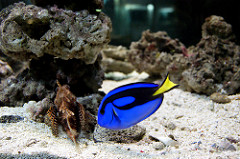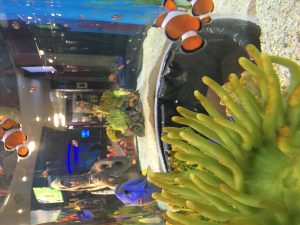On September 4th 2016, The International Union for Conservation of Nature (IUCN) pronounced in Hawaii that the Giant panda no longer be endangered. They place the giant panda in to the vulnerable. This is because until the end year of 2013, there are 1864 pandas in wild.
Almost very one loves panda. Panda had been connected to World Wild life Fund for Nature (WWF) since the day the organization founded as they are the symbol of WWF since 1961. And they helped a lot with panda protection in China. And now I will show some interesting facts about panda.
First, lets talk about eating. Pandas eat half of the day, which is 12 hours per day. And usually, people always link pandas with bamboos. However, pandas are actually omnivores, they which means they can eat both plant and meat. But still, they prefer bamboo leaves.
Sometimes panda will do some thing just like other animals in the bear family. They will hunt pikas and other small rodents.These bears are excellent tree climbers despite their bulk.
Second, almost everyone knows that pandas are from China. But in fact, they are not all over China. They can be found in only mountain ranges in central China, which is near the Yangtze river.
Third, the newborn panda is pink and actually just like the newborn mice and have similar size of a stick of butter. Their mothers are 900 times bigger than the new borns. When they grow up, they can be 150kg, and males are larger and heavier than the females.
And Here is a video talking about other interesting facts about pandas.






